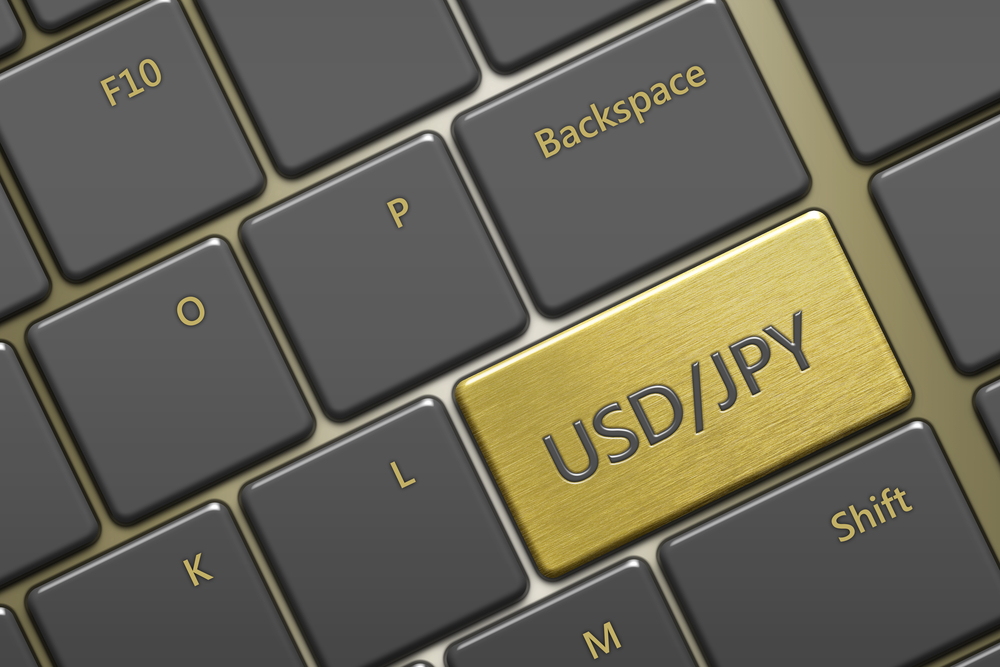

This article is only available to Macro Hive subscribers. Sign-up to receive world-class macro analysis with a daily curated newsletter, podcast, original content from award-winning researchers, cross market strategy, equity insights, trade ideas, crypto flow frameworks, academic paper summaries, explanation and analysis of market-moving events, community investor chat room, and more.
USD/JPY is up over 10% in 2023.
Principle component analysis shows US-Japan interest rate differentials drove the USD/JPY strength throughout 2023.
USD/JPY has also been a key component of another phenomenal year in the ‘carry factor’ of currency returns. Investors benefitted from both interest rate dispersion and capital depreciation of the JPY.
To put some icing on the cake of risk-adjusted ‘carry factor’ returns, currency volatility has generally declined throughout 2023 as dispersion in rate differentials between countries remained steady.
Currently, consensus expects a relatively steady USD/JPY in 2024. But what could go wrong? What might create a Grey Swan event of a 20% decline in USD/JPY?
Carry Dynamics to Shift in JPY’s Favour
In 2024, we are likely to see narrowing interest rate differentials as US rates decline and Japan rates rise.
Inclusive of quantitative tightening, the US Federal Reserve (Fed) has hiked rates almost 700bps. During the last five interest rate cycles, eight months has been the average from the last Fed hike to the first ease. The last Fed hike was in July 2023, so this metric puts the first ease in March 2024.
Consumption is close to 70% of GDP, and consumer buying plans for homes, autos, and other items have collapsed to multi-decade lows according to University Michigan surveys. Meanwhile, inflation has fallen rapidly from a 9% peak to just over 3% – excluding shelter and inflation, it is around 1.5%.
According to the San Francisco Fed, shelter inflation is expected to slow through 2024 and possibly turn negative. The average Fed easing cycle since 1957 has been 500bps. The estimated neutral policy rate is 2.5%.
Given the current Fed Funds rate of 5.25-5.50%, we could see rates cut by at least 300bps. May 2025 Fed Funds are pricing about 200bps of cuts as of 5 December 2023.
In Japan, we are seeing a new dawn. The pragmatic and forward-looking BOJ has already effectively eliminated yield curve control (YCC).
Multi-decade deflation has ended in Japan. Meanwhile, economic growth is picking up as corporate governance reforms, attractive valuations, supportive financial conditions, and years of pent-up consumer demand fuel a renaissance reflected in Japanese asset prices.
The spring 2023 ‘shunto’ wage talks catalyzed salary rises of 3.6%. 2024 wage increases are likely to exceed 4% and continue to drive up Japanese interest rates as the new year starts. At the time of writing, market pricing is for cumulative interest rate hikes of 50bps by end-2025.
Deglobalization, populism, and rising debt levels will likely create a higher plateau for interest rates. Yet despite these factors, it is easy to see how a compression in US and Japan rate differentials changes the carry dynamics of USD/JPY. Interest rate sensitivity models show close to 10 yen for every 1% change in rate differentials.
The Japanese Yen Is Extremely Undervalued
Almost all metrics suggest the Japanese yen is extremely undervalued. A simple market metric shows USD/JPY has averaged 108 since 2000.
Japan’s real broad effective exchange rate is the strongest in 30 years. Purchasing power parity estimates have fair value for USD/JPY below 100. Valuation metrics are highly nuanced, and currencies can remain extremely over or undervalued for long periods.
But valuations do provide a frame of reference we can use along with an understanding of the drivers of valuation divergence. In Japan’s case, both the real exchange rate and relative inflation have been key factors in the yen remaining undervalued.
But those factors may be about to change as attractive valuations across multiple Japanese asset classes combine with macroeconomic forces and secular changes in corporate governance.
In such an occurrence, relative productivity improvements and inflation differentials compressing would drive a JPY resurgence through both the Balassa-Samuelson effect and interest rate differentials.
Crowded Positioning Is Biased Towards Further USD/JPY Upside
Market positioning suggests high confidence that USD/JPY will remain steady throughout 2024. Positioning metrics indicate a USD/JPY long position that has increased throughout 2023.
The primary component drivers behind this metric are quantitative trend followers (CTAs), a very neutral position in terms of demand for JPY calls in the options market (risk reversals), and forecast surveys that show expectations for little movement in USD/JPY in 2024.
New Trend Will Become Your Friend
Given this setup, it will take new or further confirmation of recent drivers of USD/JPY strength to support the upward trend in USD/JPY.
Recency bias is clearly manifesting as upward price momentum in USD/JPY has been slow to change. But narratives tend to follow prices, and it is easy to imagine a momentum shift down in USD/JPY drawing out the USD bearish and bullish JPY narratives.
Momentum is the tendency of persistence in market price direction. Embedded in that persistence is a slowness in investor behavior to react to new information and bandwagon effects.
Given recent declines in currency volatility and the loss of some upward momentum in USD/JPY, there is a risk of an asymmetric fall in USD/JPY as both quantitative models and investor behavior fuel a reversal of the recent direction of the bandwagon.
Conclusion
As traders we need to match time horizons of ideas with the time horizons of trades and USD/JPY.
2024 certainly looks to offer an opportunity to do just that in USD/JPY as a grey swan begins a less than graceful migration lower to 120.
